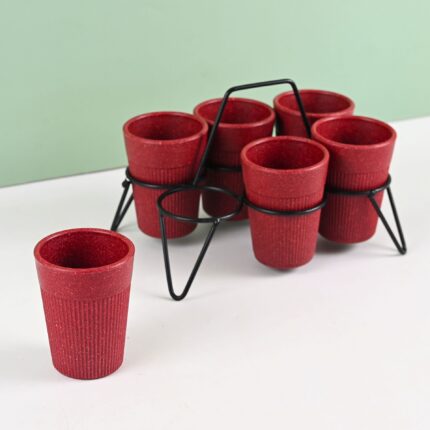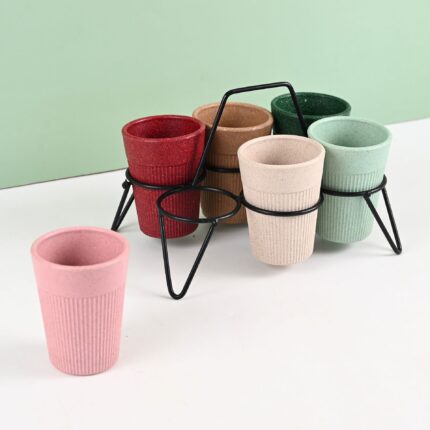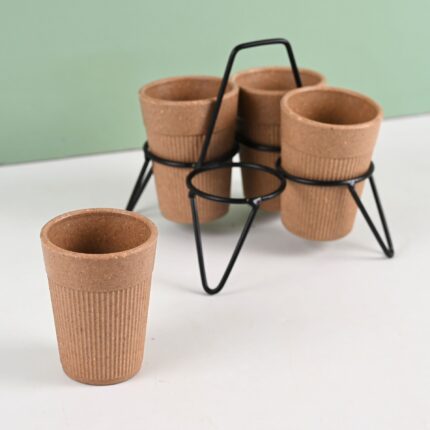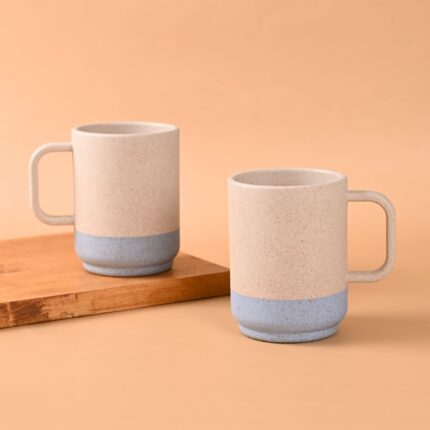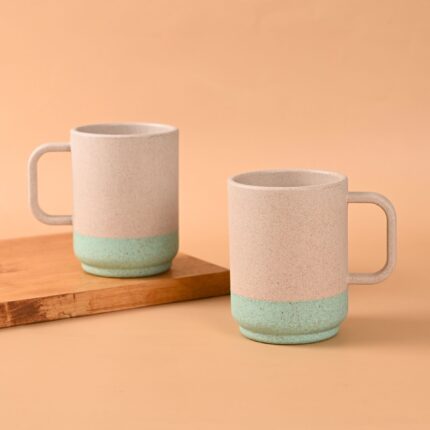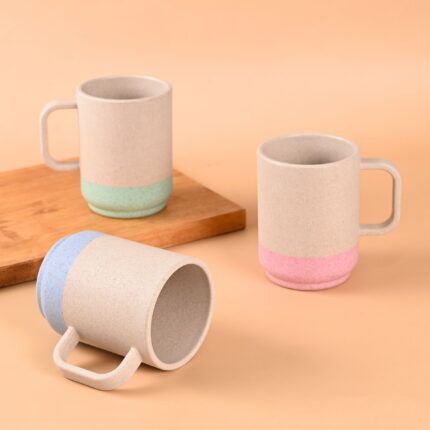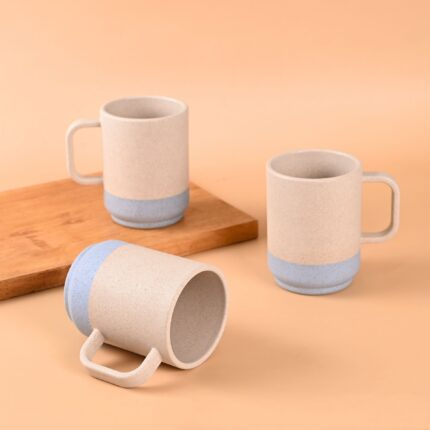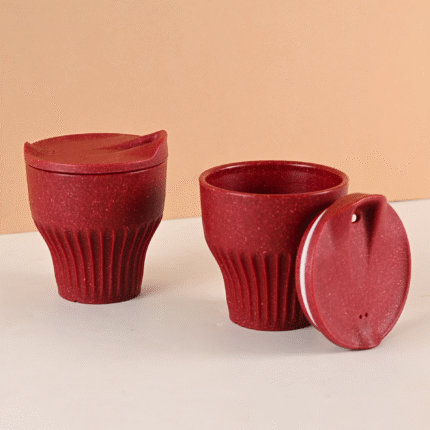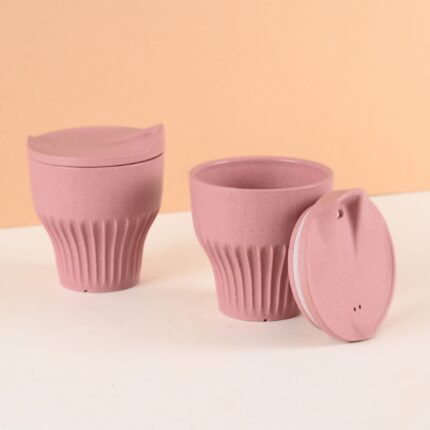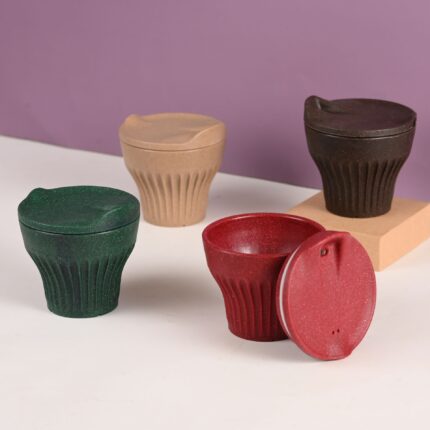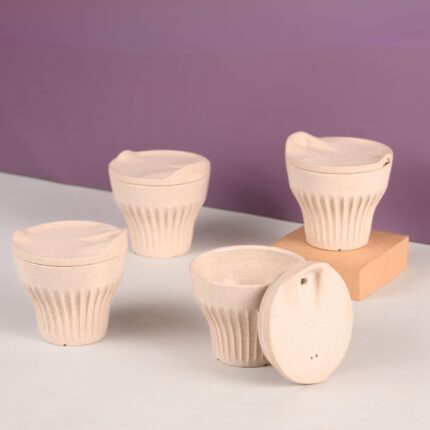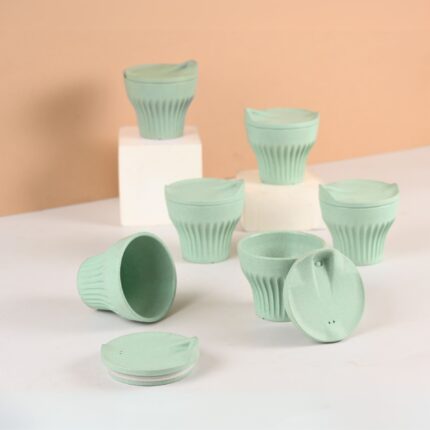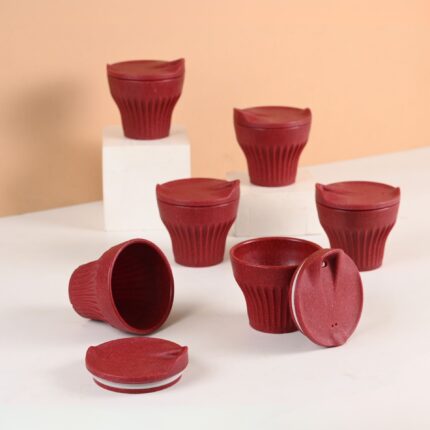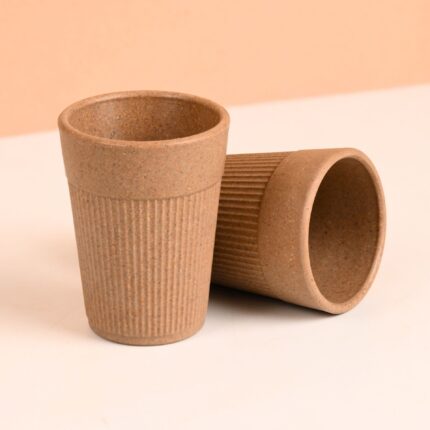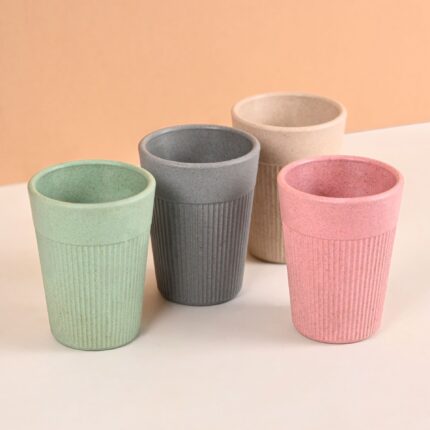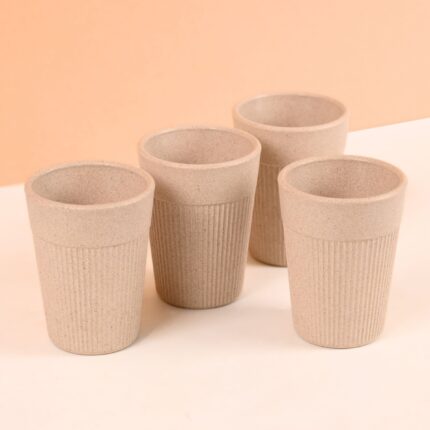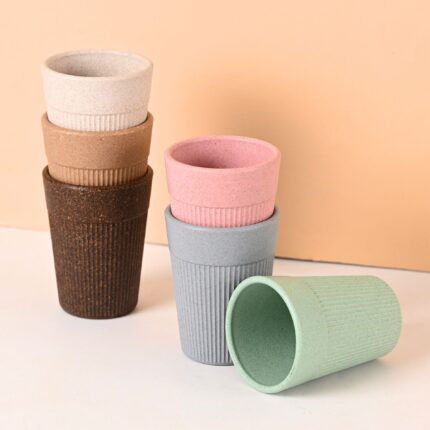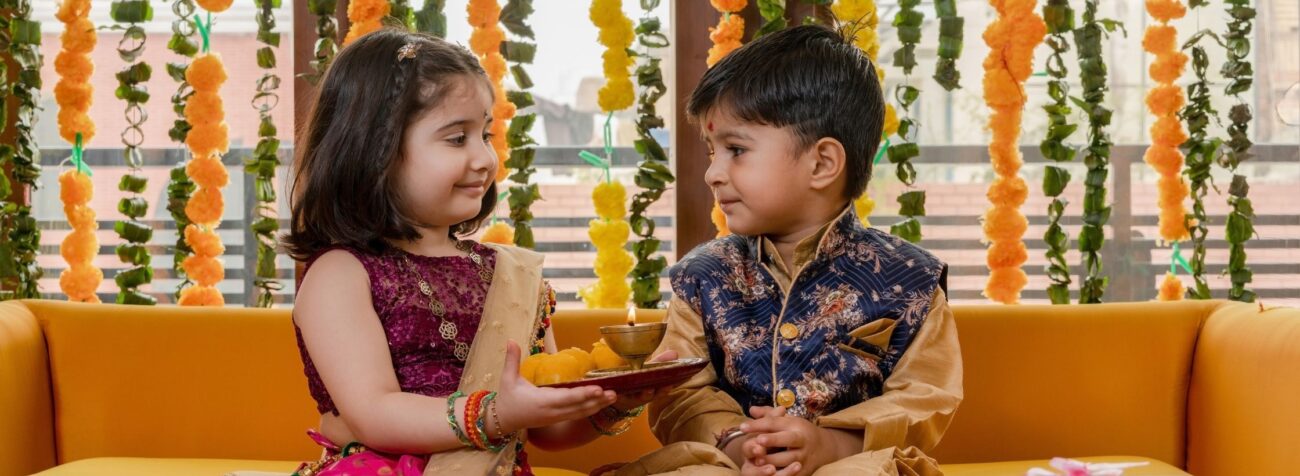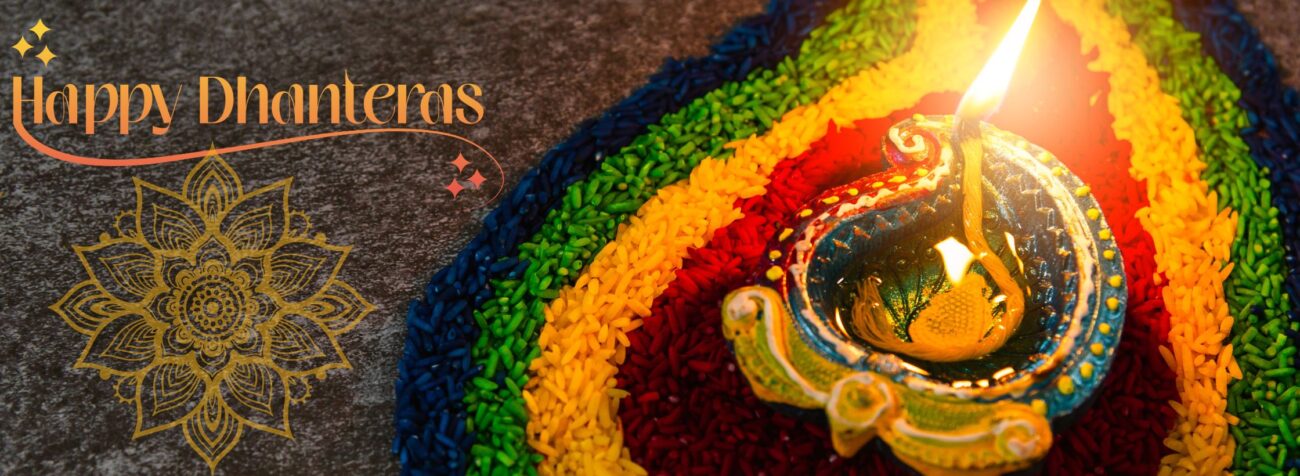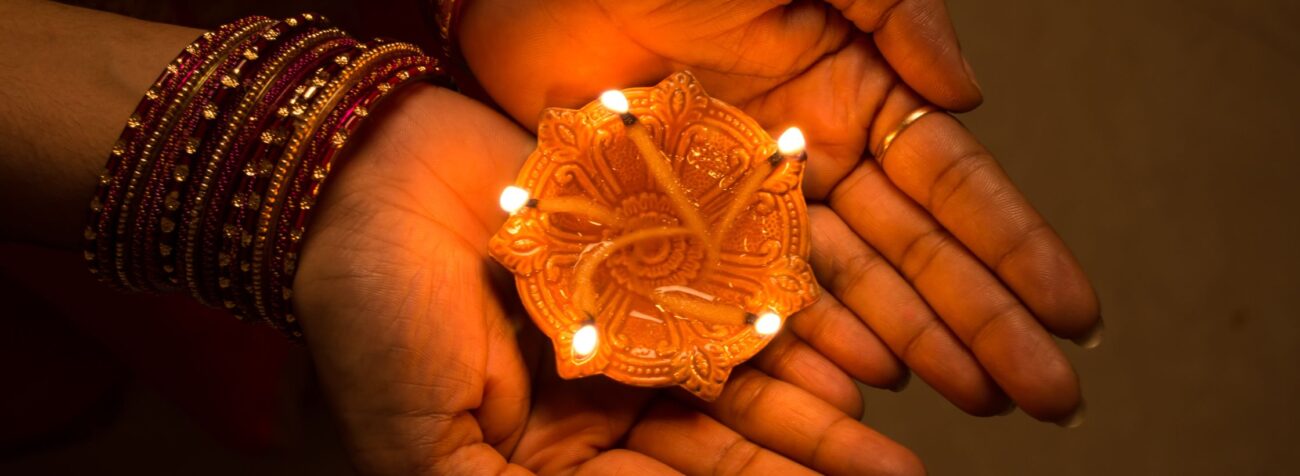Bring Home a “Green” Bappa: How to Choose a Sustainable Idol

Bring Home a ``Green`` Bappa: How to Choose a Sustainable Idol
A sustainable idol made from clay or plantable materials allows for a truly eco-friendly Ganesh Chaturthi celebration.
Have you ever looked at the news after a festival and felt a pang of sadness? We see pictures of beautiful rivers and lakes filled with broken idols and plastic waste. It’s a real worry, isn’t it? We want to celebrate our traditions with all our hearts, but we also want to protect our planet. For a long time, it felt like we had to choose between our faith and the environment. But what if we told you that you don’t have to? You can honor Lord Ganesha and Mother Earth at the same time. The secret? Choosing a sustainable idol.
The festival of Ganesh Chaturthi is a time of immense joy, bringing families and communities together. A central part of this celebration is bringing home a beautiful idol of Lord Ganesha. However, many traditional idols are made of Plaster of Paris (PoP), which takes months or even years to dissolve. When immersed in our water bodies, they release harmful chemicals and heavy metals from their paints, harming aquatic life and polluting our precious resources. The good news is that there’s a growing movement towards eco-friendly idols, and the shift is a beautiful thing to see. It’s a return to tradition, a practice of the circular economy, and an act of love.
Why a Sustainable Idol is the Best Choice
Choosing a sustainable idol is about making a conscious choice to celebrate responsibly. It’s about ensuring our devotion doesn’t come at the cost of the environment. Think about it this way: the act of welcoming Lord Ganesha is about bringing home prosperity and wisdom. Polluting our rivers and oceans with harmful materials goes against the very spirit of that message. A true celebration should benefit everyone, including our planet.
A sustainable idol is typically made from natural materials like clay (shadu mati), red soil, or even plantable varieties with seeds inside. These idols dissolve quickly and completely in water, leaving no trace behind. This prevents crop-burning and other harmful practices, contributing to a healthier planet. This simple switch is a powerful form of climate action. It’s not just a trend; it’s a return to how our ancestors celebrated before commercialization introduced synthetic materials. They understood the importance of conserving resources and living in harmony with nature.
More Than Just a Statue: Making Your Own Ganesh Images
The festival is an opportunity to get the whole family involved, and what’s more fun than making your own Ganesha? If you have kids, it’s a perfect activity to teach them about sustainability and the creative process. You don’t need to be a professional artist to create beautiful Ganesh images. All you need is some natural clay, water, and your imagination.
The Process: Start with a lump of shadu mati or air-dry clay. Shape the basic form, then add details like the trunk, ears, and hands.
Decorations: Instead of synthetic paints, use natural dyes made from turmeric, kumkum, and clay pigments. You can also decorate your idol with fresh flowers, leaves, and spices.
The Joy: The act of creating something with your own hands for the puja is a unique, personal experience. It strengthens your bond with the tradition and gives you a deep sense of accomplishment.
Making your own Ganesha is a fantastic way to embrace the green economy. It’s about reducing your carbon footprint by using local, natural materials and avoiding mass-produced items. You’ll be amazed at how much fun it is, and the kids will love telling everyone, “I made our Bappa!” Caption: A family decorating their homemade clay Ganesha, a truly sustainable idol.
The Puja and the Ganesh Aarti
When it comes to the puja itself, every detail matters. The offerings, the decorations, the prayers—it all contributes to the sacred atmosphere. We believe that the items you use should be just as mindful as your intentions. Think about your home and your office during the festival.
Tableware for Offerings: Our handcrafted ceramic plates and bowls are perfect for serving prasad and fruits. Unlike disposable plates, they can be washed and reused for years, fitting perfectly into the circular economy model.
Pots and Planters: Use our beautiful pots to grow a small plant that you can use for flowers in your decorations. After the festival, these planters will continue to add life and greenery to your home.
Gifting: Instead of paper bags, use reusable storage boxes to gift sweets and treats. It’s a small detail, but it shows you care about both the gift and the planet.
During the puja, the chanting of the Ganesh aarti is a powerful moment. It’s a time for reflection and gratitude. The warmth of the lamp, the fragrance of the incense, and the collective voice of the family all contribute to a feeling of peace and devotion. When you look at your sustainable idol, you’ll know that you’re not only honoring a beloved tradition but also protecting the world that Lord Ganesha presides over.
The Ganesh Visarjan: A Mindful Farewell
The most crucial part of celebrating with a sustainable idol is the visarjan (immersion). This is the symbolic farewell to Lord Ganesha, as he returns to his abode. A traditional visarjan in public water bodies often leads to pollution. But with a eco-friendly idol, you can perform the ritual at home, in a tub or large bucket of water.
The idols made of clay will dissolve within a few hours. The water, rich with natural clay, can then be used to water your plants or garden. It’s a beautiful way to complete the cycle and give back to the Earth. The act of ganesh visarjan becomes a powerful symbol of rebirth and renewal, not pollution. You can reuse the water for your pots and planters, bringing life to a new plant. This embodies the true spirit of sustainability and a green economy.
This mindful approach to ganesh visarjan is about respecting the environment and creating new life. It’s a final act of devotion that shows a deep commitment to the planet. We are happy to be a small part of this change. From the moment you welcome your beautiful sustainable idol home to the final act of ganesh aarti and a responsible visarjan, every step can be a celebration of both faith and sustainability.
Visit eha’s range of sustainable gardenware to choose, made with biocomposite materials using crop-waste such as rice husk, bamboo fibers and coffee husk.
If you are looking at developing new range of earth friendly gifting speak to experts at Mynusco.







